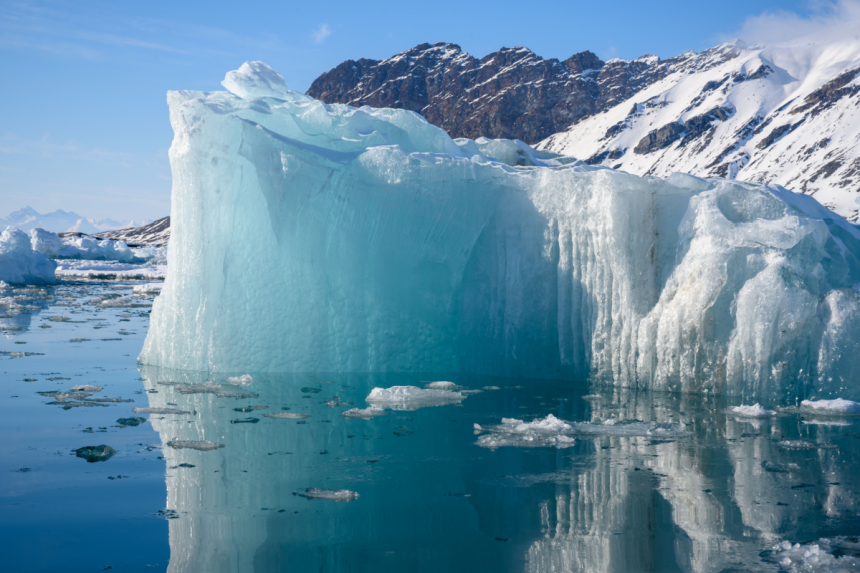From Giant to Fragments
The world’s largest iceberg, known as A23a, is rapidly breaking into several large pieces after decades of drifting through the Southern Ocean, according to the British Antarctic Survey (BAS). Once spanning 3,672 square kilometers (slightly larger than Rhode Island), the iceberg has now shrunk to about 1,700 square kilometers, roughly the size of Greater London.
Scientists say warmer waters and the onset of the southern spring are accelerating its disintegration, leaving behind large chunks that themselves are classified as icebergs. The process is expected to continue until A23a fragments into sections too small to track.
Journey Through Iceberg Alley
A23a calved from Antarctica’s Filchner-Ronne ice shelf in 1986 and remained grounded in the Weddell Sea for more than 30 years. It floated free in 2020, carried by currents before becoming stuck again, and resumed drifting in late 2023. Since May, it has been traveling along the Southern Antarctic Circumpolar Current Front, a powerful current that circles South Georgia.
Its path mirrors that of past megabergs, including A68 in 2021 and A76 in 2023, both of which disintegrated in similar waters. A23a, however, has managed to stay intact far longer than its predecessors.
Climate Context and New Iceberg Leader
With A23a’s collapse, the title of the world’s largest iceberg has passed to D15a, measuring about 3,000 square kilometers and currently lodged near the Australian Davis base. A23a still ranks second, but BAS oceanographer Andrew Meijers warned this could “rapidly change” as the berg continues to fragment.
Iceberg calving is a natural cycle, but climate change has increased the pace of ice loss in Antarctica. Scientists say warming waters and shifting currents have caused ice shelves to shed trillions of tons of ice over the last few decades, raising concerns about long-term sea level rise.
Environmental Impact
Researchers aboard BAS’s RRS Sir David Attenborough studied A23a earlier this year, collecting samples to assess the ecological impact of its grounding. The release of massive amounts of cold freshwater is expected to have disrupted seabed organisms and marine ecosystems around South Georgia.
BAS experts caution that large icebergs may become a more common presence in the South Atlantic as global warming continues, posing challenges both for ocean ecosystems and for global climate stability.






